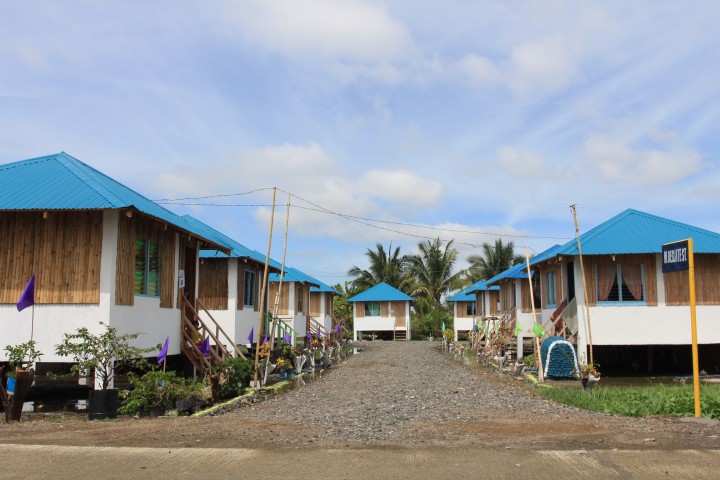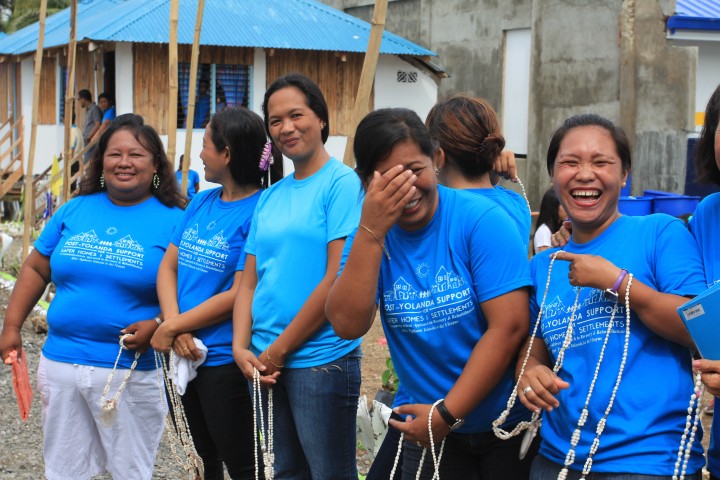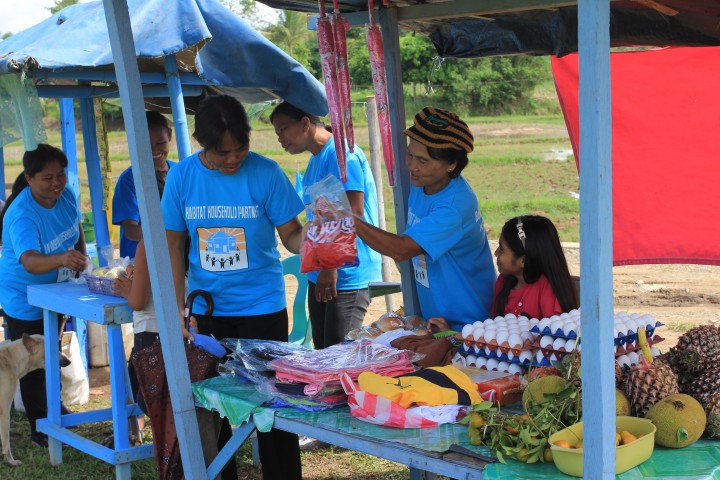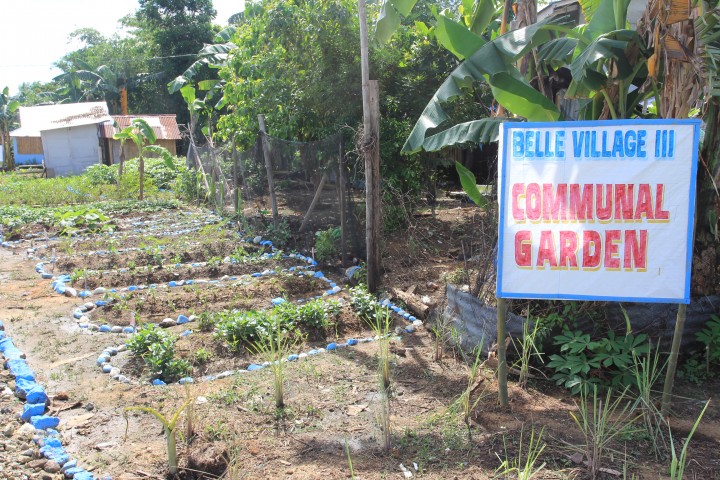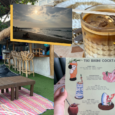Article by Gerard P. Garcia.
SHFC Public Affairs
History’s strongest typhoon to ever hit the land may have caused the loss of homes; but through initiative, solidarity and hard work, supported by collaborative agencies, Yolanda survivors in Capiz and Iloilo City have rebuilt their lives and created stronger communities.
It was March of 2015 when I first met the women members of Pawa Homeowners Association (HOA) in Panay, Capiz, in the midst of their rebuilding and reconstruction efforts for their Yolanda-stricken houses, under the Post Yolanda Support for Safer Homes and Settlements Project of the UN Habitat Philippines, in partnership with the Social Housing Finance Corporation (SHFC) and other public and private agencies. Despite the scorching heat of the sun and the hefty good lumbers they carry, they still managed to flash their welcoming smiles. I remember asking them if they can complete the construction of the houses on target, and they all gave me a resounding yes. They affirmed that it’s a community project, so it will be easier for them to accomplish such a huge task.
Three months later, I got the chance to revisit the humble community of Pawa HOA. The place that used to look like a ghost town now seems like a beach resort full of fancy cottages. I was welcomed by a group of women holding not good lumbers, but handcrafted seashell garlands. Majority of the exterior surroundings have changed, but these Pawa women still carry those infectious smiles, made even brighter by the fact that they will now occupy their own, stronger houses that they themselves built.
Mary Cris dela Cruz, one of the Pawa women, can’t contain her emotions as she recounts all the hardships the community has been through before the realization of their dream homes. The big smile that greeted me spun into tears of joy. “The whole process was challenging and painful especially after a long day of construction. But seeing my house, getting complete each day, I can truly say that all the pain was worth it,” dela Cruz said.
The Post Yolanda Support for Safer Homes and Settlements Project with an initial funding of $2.5M from the People of Japan and supplemented by a P42.7M by the Department of Social Welfare and Development (DSWD) adopted a community-driven approach in post-disaster rehabilitation, engaging the 28 communities under the Community Mortgage Program (CMP) of the SHFC in Capiz and Iloilo to be on the driver’s seat in the implementation of the project. These communities underwent several trainings including Disaster Risk Reduction (DRR), building back safer homes, and financial and construction management.
One of the successful recipients of these trainings is Erllinda Bonsato, who led the canvassing and purchasing of the construction materials for Pawa HOA. She is neither an architect nor an engineer by profession but with the help of various agencies, she was able to fulfill her task in high stature.
“I never thought that I would ever do that in my entire life. I barely knew about purchasing but now, I think I can share the knowledge and experience that I have to other people,” Bonsato noted.
The final turnover of the 660 houses built under the Post Yolanda Support for Safer Homes and Settlements Project was held at the Pawa HOA open grounds last June 26. Hundreds of partner-beneficiaries were in attendance. The place was filled with joyful faces, celebrating their own community’s success.
The event was graced by the heads of agencies who collaborated for the post-disaster rehabilitation project including Housing and Urban Development Coordinating Council (HUDCC) Sec. Gen. Cecilia Alba, Capiz governor Victor Tanco, UN Habitat Country Programme Director Christopher Rollo and SHFC Vice President for VisMin Atty. Salie Taguian.
In his speech, Capiz Gov. Victor Tanco lauded the efforts of the agencies implementing the project for their support to Yolanda-stricken communities in their province. The governor noted that through the project, a lot of lives have been dramatically transformed, and has created empowered communities.
“We are already on the road towards achieving a level of development, excellence and success, as long as we exhibit the attitude of consistency and determination to improve and strengthen our thrust in the spirit of public service,” Tanco stressed.
More than a year after it was launched, the Post Yolanda Support for Safer Homes and Settlements Project is now reaping the fruits of success from the communities it has assisted. Aside from the 660 core shelters, the project enabled the construction of 54 infrastructure projects including community multi-purpose halls. 323 carpenters and local artisans were also trained on how to construct disaster-resilient houses, benefitting 4,594 households.
“We have seen you transformed from hopeless Yolanda victims into empowered, confident, and disaster-resilient communities. Our only wish is that you continue your journey as a transformed community and share your experiences to others who were also victims of the recent disasters,” Taguian told the communities.
Facing tomorrow’s challenges
The journey of these communities has just started upon the turnover of their houses. With the rich experience they’ve gained, these communities can now embark into more challenging goals ahead of them.
Pawa HOA is pushing for the approval of their loan through the CMP of the SHFC in order to finally own their lot. The community is also saving money to elevate the area and to purchase a water pump machine, as part of mitigating measures against flood. An Estate Management training is also underway for the community to effectively maintain their houses and other public facilities.
On the opposite side of Pawa lies the modest community of Belle Village III HOA in Pontevedra, Capiz, one of the 28 communities under the Post Yolanda Support for Safer Homes and Settlements Project. The houses of the 174 partner-beneficiaries were turned over in December 2014. The families have already tried and tested the strength and endurance of these houses when typhoon Ruby hit the land last year.
With the possession of their own, safer homes, the families became more confident and motivated to earn a living for the monthly payment of their amortization to the SHFC. Some families have put up sari-sari stores. A vacant space was converted into a communal garden wherein the community can plant herbs and vegetables like tomatoes, eggplants, andoregano, among others.
“At present, only community members can benefit from the vegetables and crops in our garden, but we are planning to expand this so that it will also be a source of our income,” one of the members of Belle Village III HOA quipped.
Viviana Beato, on the other hand, plants fruits and vegetables in her own backyard. In fact, she already harvested pineapple and calamansi and these were put on sale in her makeshift stall in the community’s newly-opened mini-market. Beato and other beneficiaries ventured into selling goods to augment their family’s income. Belle Village III HOA’s location is also a good place for business because it is surrounded by four towns.
“During the rainy season and when these towns are submerged in floodwaters, they can purchase their basic goods from us because our location is flood-free,” Beato added. When the sales are up, Beato and others earn at least P500 per day, a substantial amount to support their family’s needs and expenses.
The community is now pushing for a more systematized mini-market system and want to engage in more livelihood trainings to acquire new technical skills needed for employment.
The whole experience of the Post Yolanda Support for Safer Homes and Settlements Project has proven to the whole world that the People’s Process or the community-driven rebuilding is an effective way of healing the deep wounds brought about by disasters.
Furthermore, the people’s process has brought out the best in the 28 communities under the project. It has transformed the lives of many families. As the project enters its final phase, it continues to inspire and empower other communities, similarly situated, through the stories and experiences of the 28 pilot communities.
Yolanda may not be the last extreme storm that can hit Capiz, Iloilo and the entire country but one thing’s for sure, these 28 communities were enabled to withstand any future disaster, and whatever hurdles they will encounter, they can rise again to build stronger communities.
Article by Gerard P. Garcia.

